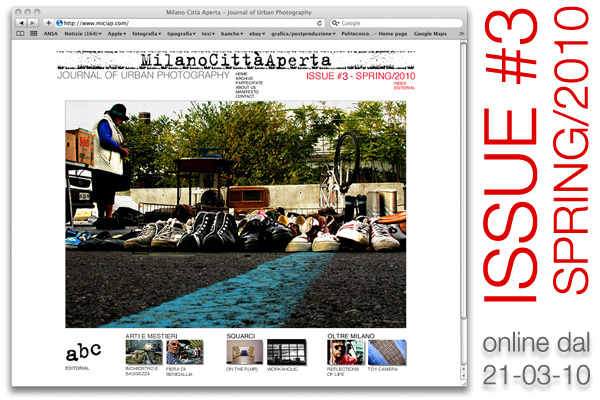Inside the car
Innumerable times cinema has represented cars, showing the protagonist in the role of the driver and the supporting actors- antagonists as those who chase, force, clash, and shoot weaving from another car, in shots of speed and increasing suspense, catching a glimpse of hostile faces in the rear-view mirrors or hidden in the dark cabin of filthy trucks (Duel), up to the predictable and decisive big crash, little apocalypse from which the protagonist gets out bruised and victorious. Only a few times a different event was shot (Clint Eastwood described a pathetic farewell, Fellini an urban nightmare). Cinema has never told how things really are, it has never described what can be seen everyday by simply crossing the city, in Milan for instance. Why not describe it through pictures?
I wondered one day. So I began a trip with no destination and no deadline, slow as Siddharta's river seen by the river itself, floating in the flow together with the others who float, almost in a state of relief. Because taking pictures of the traffic is not equivalent to suffering it, remaining closed in one's own capsule, hating everybody (as in an action movie). If you observe the infinite biodiversity of the fellow travellers inside the flow, if you take pictures of them maintaining some curiosity, you can avoid the typical frustration of the urban compulsed, you can avoid anxiety and stress. Only like this you don't move towards the zero grade of empathy and a misanthropy with no remedy. Photography can be your therapy.


